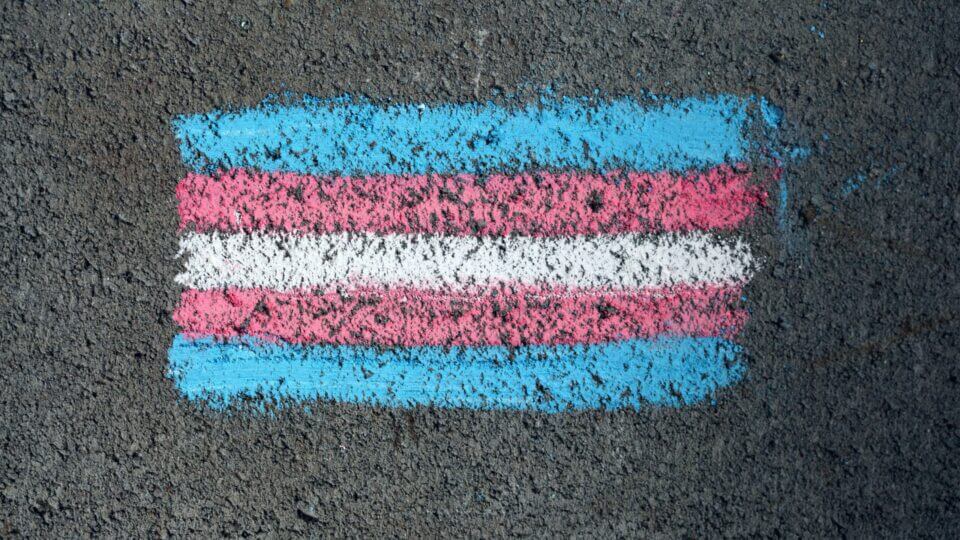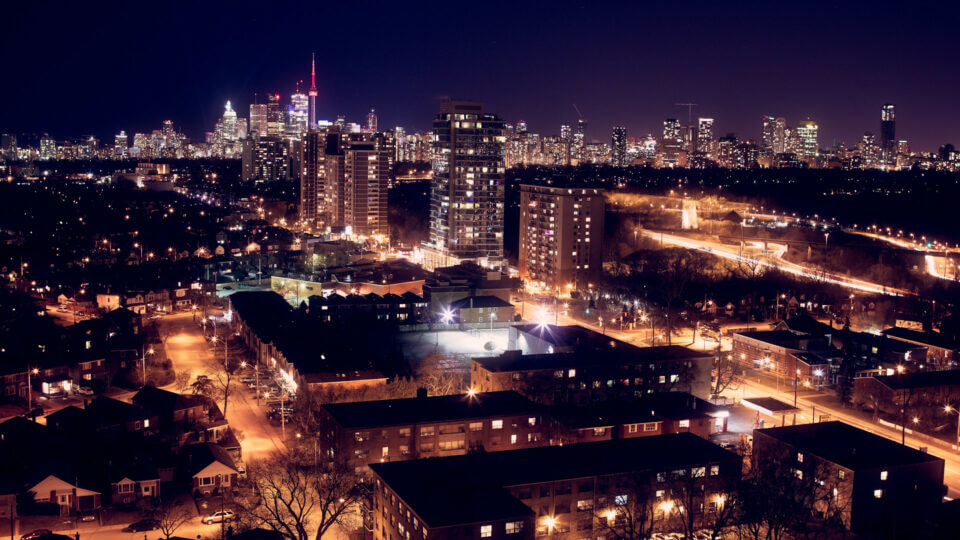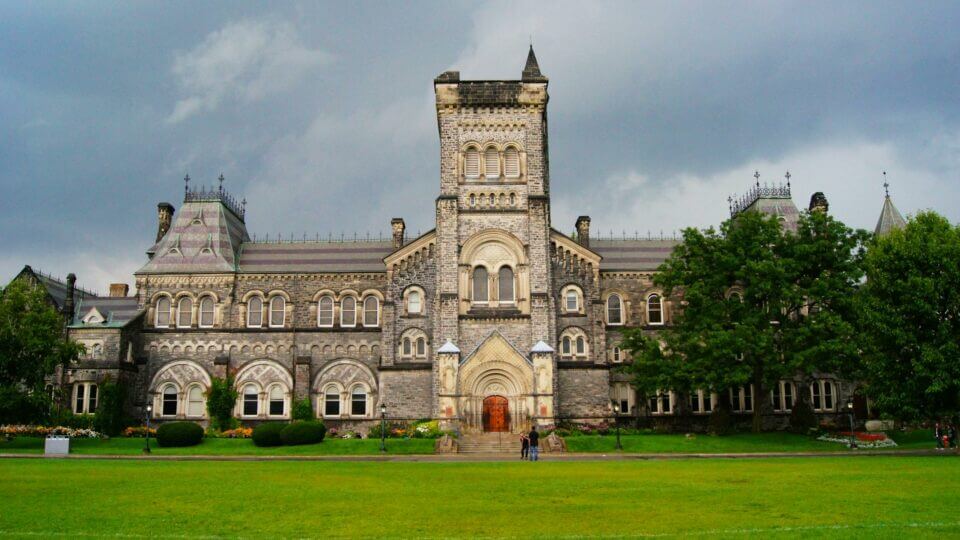
The cold, hard truth
The Yukon is warming faster than anywhere else in the world. It's causing irreversible damage to Indigenous communities
More »
From the river to the street
In small Canadian cities, street art fuels Palestinian resistance
More »
Creating community care
London, Ontario's chapter of Food Not Bombs reawakens amidst rising homelessness and food insecurity
More »
Save the children
What progressive Albertans can do in the face of the province's proposed gender policies
More »
What’s my age again?
A bill meant to stop youth from seeing porn raises serious privacy concerns for all Canadians
More »
A changing Chinatown
What do shifting demographics mean for the neighbourhood's long-term identity?
More »
Night moves
Marginalized people are key to nocturnal scenes, but new Montreal policy misses the memo
More »
Course correction
Indigenous professors are teaching journalism students to build better relationships through immersive learning with First Nations
More »
The birds and the UCPs
Youth see comprehensive sex education as a human right, and they're not giving up
More »





